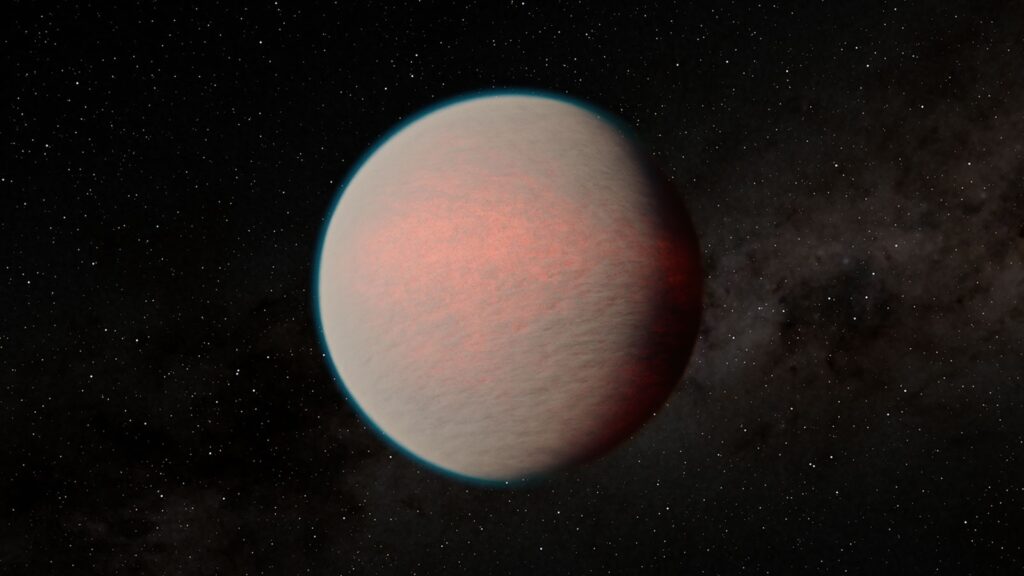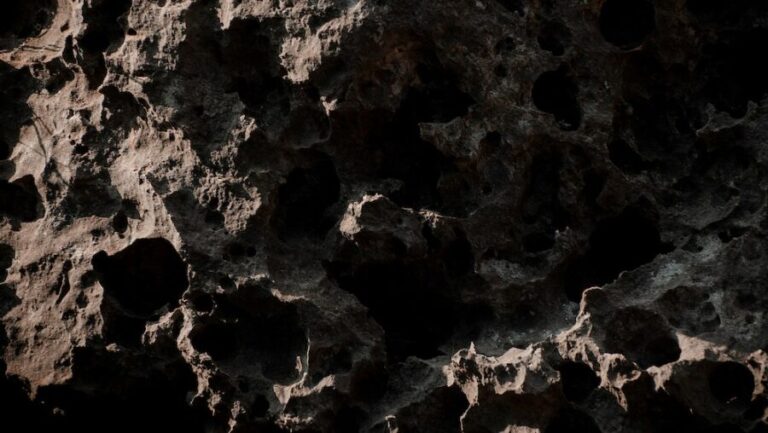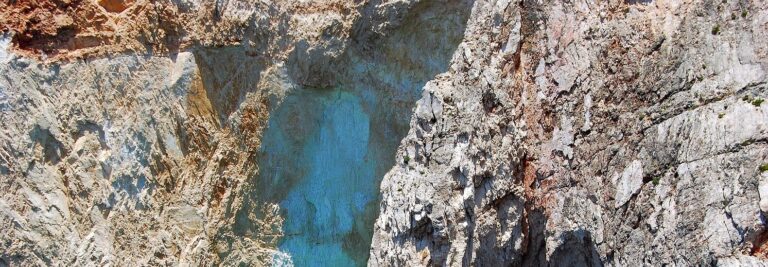
Audience
- Sentiment: Positive
- Political Group: Neutral
- Age Group: 18-49
- Gender: All genders
Overview
- The James Webb Space Telescope captured stunning images of the protostar HH30, revealing details about star formation.
- Understanding protostars like HH30 can help unlock the mysteries of planet formation and the origins of our Solar System.
- JWST complements previous telescopes like Hubble, providing deeper insights into the cosmos and inspiring exploration of life beyond Earth.
The Marvels of the Cosmos: James Webb Space Telescope Captures Stunning Images of Protostar HH30
Imagine looking up at the night sky, filled with twinkling stars and distant galaxies, and feeling a deep sense of wonder. From ancient times, humans have gazed at the stars, trying to understand their origins and the mysteries of the universe. Thanks to modern technology, we have a powerful tool that has taken our understanding of space to a whole new level: the James Webb Space Telescope (JWST). Recently, this incredible telescope captured breathtaking images of a protostar named HH30, located 450 light-years away in the constellation Taurus. Let’s dive deep into what this means and why it’s so exciting!
What is a Protostar?
Before we jump into the specifics of HH30, it’s important to understand what a protostar is. Stars don’t just magically appear; they go through a process that begins in what’s known as a molecular cloud. Within these clouds of gas and dust, gravity causes material to clump together. Over time, as more material gathers, the core presses down, getting hotter and denser. This is when we have a protostar!
A protostar is like the baby stage of a star. It hasn’t begun nuclear fusion yet (that’s what happens when a star is born), but it’s on its way. It’s a fascinating period where the basics of star formation occur. These little bundles of energy can eventually ignite and become stars, providing light and warmth to their solar systems. Isn’t it amazing that the stars we see in the sky started their lives as tiny, swirling clouds of gas and dust?
The Role of the James Webb Space Telescope
JWST was launched in December 2021, and since then, it has been a game-changer in the world of astronomy. While its predecessor, the Hubble Space Telescope, gave us stunning images in visible light, JWST operates primarily in the infrared spectrum. This means it can see through dust clouds that often obscure objects in space. Imagine trying to find your friend in a foggy park—having the ability to see in infrared is like having a special pair of glasses that cuts through that fog!
When JWST peered into the protoplanetary disk of HH30, it revealed previously unseen details of star formation. The protoplanetary disk, which is a flat structure made up of gas and dust surrounding the protostar, is where planets begin to form. Think of it as a cosmic construction site where new celestial bodies are created!
The Stunning Image of HH30
The image captured by JWST of HH30 is nothing short of breathtaking. In this edge-on view, we can see the swirling disk around the protostar clearly. High-speed jets of gas and dust shoot out from the star, almost as if they are natural fireworks! These jets are incredibly important because they help to shape the surrounding environment. The energy and material in these jets can influence how quickly the disk grows, and eventually, how the planets form within it.
This image is especially valuable because it adds depth to our understanding of star formation. Back when HH30 was first discovered by the Hubble Space Telescope, the image provided basic information about the protostar, but JWST brings a whole new level of detail. We can now observe the behavior of dust grains and other structures in the disk, which play a crucial role in the formation of planets. Scientists are thrilled because these insights are essential for understanding the origins of not just distant stars and their systems but also our own Solar System!
Dust Grains: The Building Blocks of Planets
So why focus on dust grains? It might seem small, but these tiny particles are pivotal in the formation process of planets. When the gas and dust come together, they start to collide and stick to one another, forming larger structures over time. These structures can become rocky planets like Earth, gas giants like Jupiter, or even icy bodies like comets. The way dust grains interact is key to how the materials in a protoplanetary disk evolve.
When JWST captured the dust behaviors around HH30, it highlighted how these particles interact at different temperatures and conditions, something we didn’t fully understand before. By observing the dust in various environments, scientists can work backward and figure out how our Solar System may have formed over 4.5 billion years ago.
What This Means for Our Understanding of Space
The revelation of HH30 through JWST’s observations demonstrates just how dynamic and diverse the universe is. Each new detail provided by telescopes like JWST enables astronomers and scientists to refine their theories about the cosmos.
One exciting aspect is the potential to discover exoplanets—planets that exist outside our Solar System—as they form. By studying these distant realms, we can start to piece together not just how our own Solar System formed but also how unique or common our place in the universe truly is.
As we gather more information about these cosmic phenomena, we can ask ourselves deeper questions about life beyond Earth. Are there planets similar to ours out there? Do they have the right conditions to support life? The answers lie somewhere in the swirling gas and dust of protostars like HH30, waiting for us to investigate.
How JWST Complements Other Telescopes
The scientific community is like a team working towards a common goal, and JWST is an essential part of that team alongside other telescopes. Hubble, for instance, has laid the groundwork by capturing images and data that are still invaluable today. JWST takes what Hubble found and digs even deeper, helping us to paint a more comprehensive picture of our universe.
Working together, these telescopes allow scientists to use different wavelengths of light to explore the cosmos in various dimensions. For example, while JWST focuses on infrared light to reveal hidden structures, Hubble captures visible light to provide context. It’s like having different lenses on a camera that allow photographers to create stunning photographs of the same subject from various perspectives.
Why Should We Care?
You might wonder, why should we care about a protostar 450 light-years away? It’s easy to feel far removed from such distant cosmic events, but they are directly related to us. Understanding how stars and planets form helps us comprehend our own existence and the nature of our place in the universe. The more we learn about the cosmos, the better we can appreciate the beauty and mystery of existence itself.
Moreover, the technology developed for projects like JWST often leads to advancements that improve our everyday lives. Insights gained from space exploration have practical applications on Earth, contributing to everything from medical imaging techniques to climate research.
Closing Thoughts
The insights gained from the James Webb Space Telescope’s observations of HH30 open our eyes to a universe that is teeming with life, energy, and potential. The details captured are more than mere images; they tell a story of how the universe has constantly evolved, from the earliest stages of star formation to the planets that orbit those stars.
As we continue to explore the cosmos, we remain on the brink of new discoveries that could redefine our understanding of everything around us. Each discovery, like the breathtaking images of protostars, ignites curiosity and wonder—fueling the quest for knowledge.
What do you think about the discoveries made by the James Webb Space Telescope? How does it change the way you view the stars at night? Share your thoughts in the comments!






